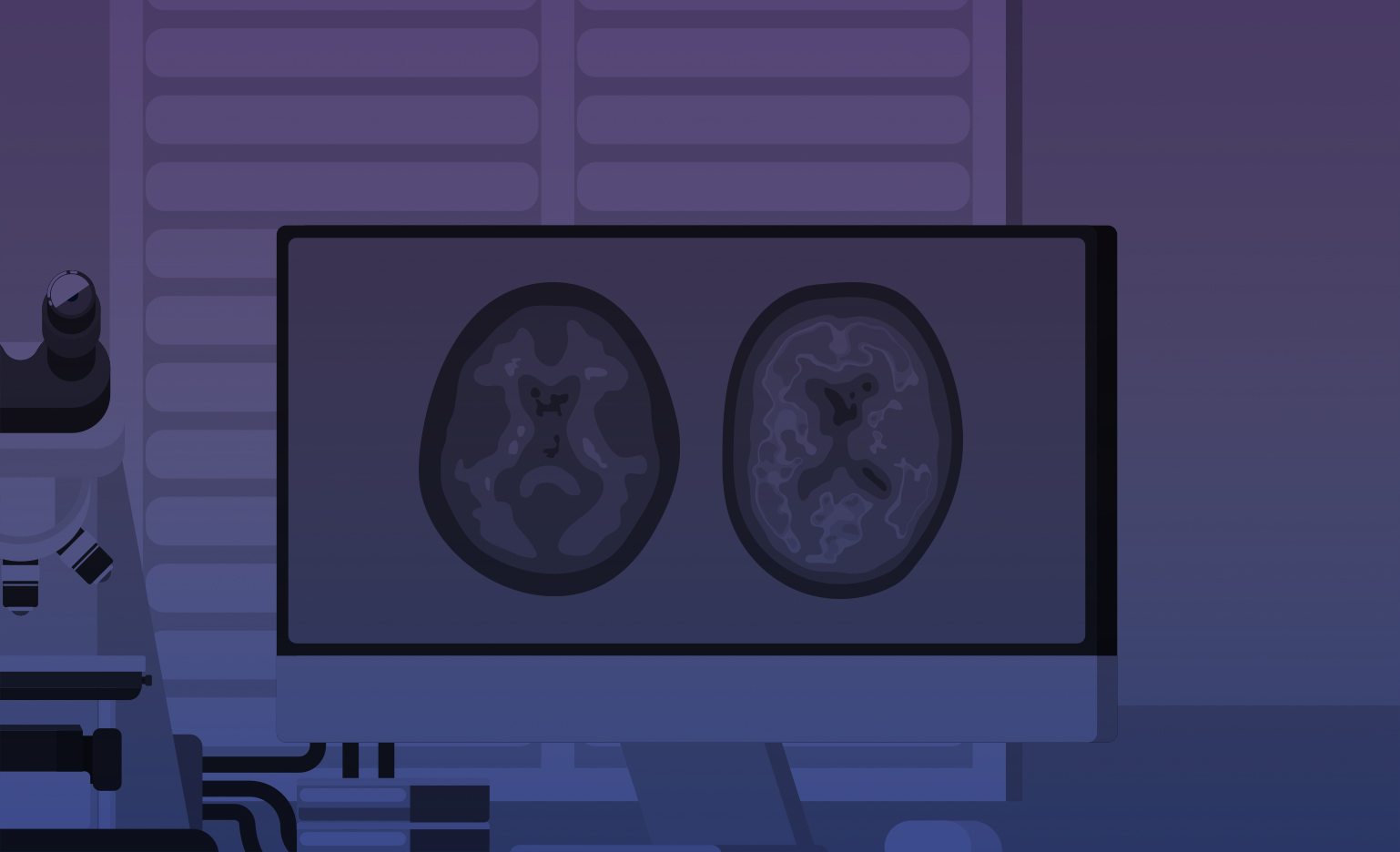Washington University in St. Louis
Washington University in St. Louis
Plasma Cell-Free RNA as Alzheimer's Disease non-invasive biomarker
Alzheimer’s disease (AD) is the most common neurodegenerative disorder. Pathological changes in the brain can be observed 15 years before clinical symptoms (pre-symptomatic stage). Cerebrospinal fluid (CSF) protein levels and imaging techniques have been widely employed as biomarkers to attempt diagnose. However, they are very invasive and inconvenient to the patient, and expensive both in time and resources. Alternative approaches have shown that blood based biomarkers can provide comparable accuracy to CSF biomarkers, but they still need additional validation. Thus, a convenient diagnostic tool is in great need. Cell-free nucleic acids from plasma based diagnostic tests have revolutionized prenatal screening. They have also been intensively investigated as biomarkers for cancer, fetal development. Furthermore, specific transcripts ascertained form cell-free RNA have been evaluated as biomarkers for AD, but so far no high throughput approach has been attempted. This proposal attempts to use high throughput sequencing of cell-free nucleic acids from plasma as a biomarker tool. We aim to correctly predict AD cases using cell-free nucleic acid species and bioinformatics tools, including machine learning. We will sequence cell-free ribonucleic acids present in plasma of AD cases and controls, then build a predictive model. Afterwards, we will apply this model on pre-symptomatic and early stage samples from AD cases to test it as early diagnostic tool for AD. We will also test if the designed predictive model overlaps with other neurodegenerative diseases. We designed a preliminary predictive model with 10 AD cases and 10 controls that has an area under the ROC curve of 0.92 in the discovery dataset (n=20) and 0.84 in the replication population (n=20). Using deep neural network approaches, I obtained an area under the ROC curve of 1 in the discovery dataset and 0.94 in the replication dataset. We think the preliminary data supports the feasibility and the power of this approach. These results are promising and encouraging and opens the possibility of having plasma-based tests for neurodegeneration.

